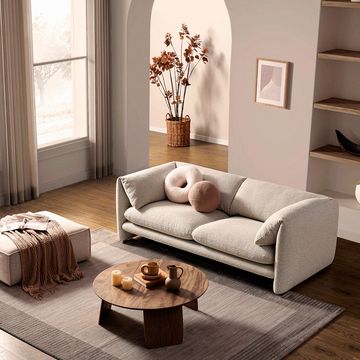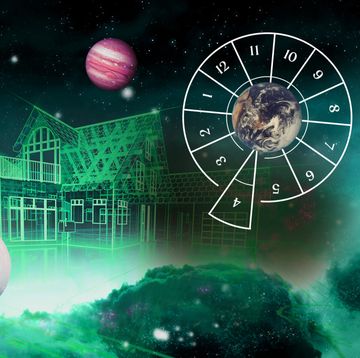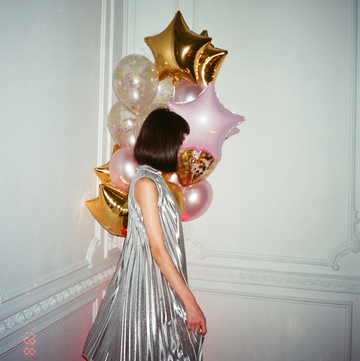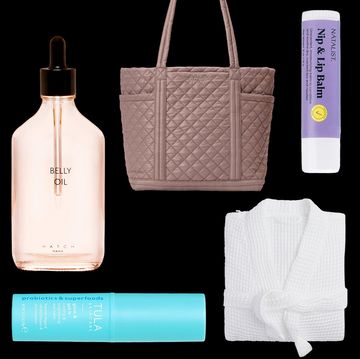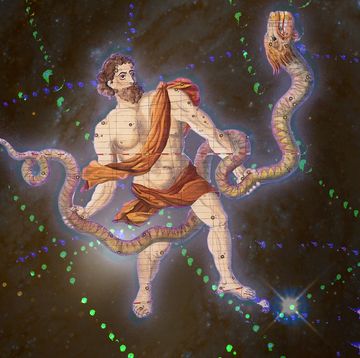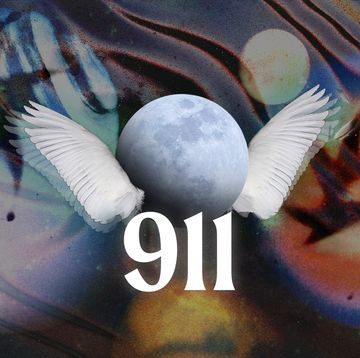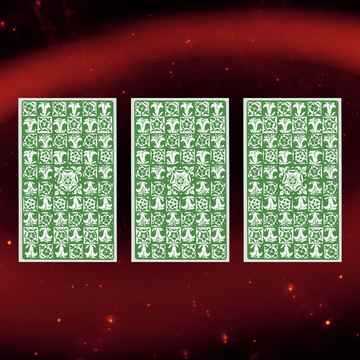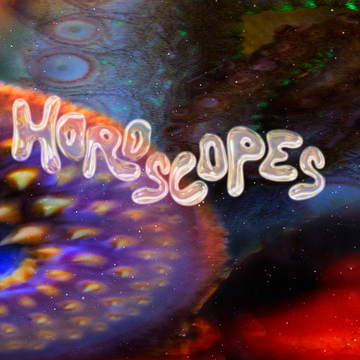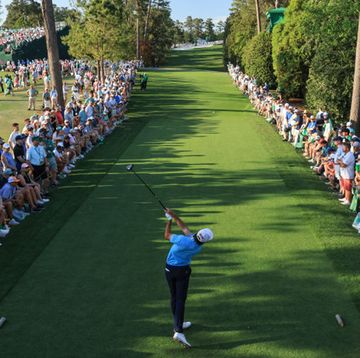The dental hygienist pulls the horrible gum-stabbing implement out of my mouth, gestures to my wedding ring, and asks, "Are you married?" I'm happy to mumble "yes" (after two years, the excitement surrounding my wedding has yet to fully wear off), but at the same time, I already feel uneasy. I know what the next question will be: "What does your husband do?"
"Actually, I have a partner, not a husband," I say, a little awkwardly, and not just because my tongue is slightly numb. "She works with computers."
"Oh, of course!" says the hygienist, only slightly flustered. "That's nice. I have some neighbors who are – well, they're the nicest people."
I encounter some version of this conversation on a regular basis, whether from hygienists, baristas, or my students, and I've never figured out a foolproof way of approaching (or better yet, avoiding) it. Each time, I have to decide whether to out myself, potentially opening the door to homophobic vitriol or awkward subject-changing, or to lie by omission, refusing to correct the misconception and allowing my conversational partner to continue assuming that I'm straight.
Ever since I came out, I've identified as a femme — a queer woman who dresses and presents in a traditionally feminine way. I love pink and ruffles and stockings and lipstick and high heels and nail polish and cleavage and basically everything that has ever been arbitrarily coded "girly." I love jewelry. I wear skirts and shave my legs. I don't, in short, look very much like the prevailing stereotype of a lesbian.
I am a queer woman and I'm not interested in hiding that fact, but it's often challenging and complicated to try to be visible in public as queer. The cultural presumption of straightness is deeply ingrained, and many — perhaps most — people assume that everyone is heterosexual, despite any cues to the contrary. I've had people glance at my wedding photos — two women holding hands wearing white silk formalwear — and ask, "Oh, is that a friend of yours?" Queer people, particularly queer women, have to work hard to show up as queer in the course of their day-to-day lives. My partner, who is far too butch to ever be described as my "wife," who has a fauxhawk (the gayest of all haircuts) and several tattoos based on Indigo Girls lyrics and rides a motorcycle and wears bow ties, still gets mistaken for straight on a regular basis. But femme women, who don't offer the expected visual cues of queerness, fly even further under the radar, often ending up stranded in the mists of what queers sometimes refer to as "femme invisibility."
Queer visibility is your basic double-edged sword. People who are read as queer tend to face more overt discrimination and hostility, while those of us with fewer obvious subcultural signifiers can slide by without much confrontation. This doesn't, however, necessarily mean that we feel safer. As an invisible queer, it's easy to wonder whether the person treating me with courtesy would switch to contempt if he or she knew that I'm married to a woman. I'm out to my family and friends and anyone who Googles me, but in day-to-day interactions with casual acquaintances or strangers, I'm always paying attention to the shifting algorithm in my head: Will I get an opening to out myself? Is it inappropriate to mention my partner in this conversation? Have we known each other long enough that it's weird I've never mentioned being married? If I use my partner's (fairly gender-neutral) name, will this person assume I'm talking about a guy? Do I want that to happen?
I wouldn't necessarily mind people not knowing I'm gay, but I don't like being thought of as straight — in the same way that I don't mind people not knowing I'm a writer, but it would be awkward if they assumed I was an extreme skateboarder, because that's so far removed from the reality of my life. But there is no blank slate where orientation is concerned; we are straight until proven otherwise. And if you've never seen how dramatically a conversation can be derailed by a casual admission of homosexuality, let me tell you, it gets awkward. Even if the person I'm talking to is totally pro-homo, we have to take a detour so that they can apologize for accidentally referring to my partner as a man and explain that they absolutely think gay marriage should be legal everywhere before they can get back to ringing up my latte, cleaning my teeth, or taking my pop quiz. And if they're less open-minded, the stiffness and scowling tend to make me want to flee the room.
What would be great, I think, is if I could hire some kind of old-timey town crier to precede me into any room I enter, shouting "Lesbian coming! Lesbian coming this way!" and possibly ringing some kind of bell. Then everyone would already know before our interaction commenced, and they could be pleasant or horrible as the spirit moved them, but at least we'd be communicating from a place of honesty and I wouldn't have to worry about whether I'll inadvertently reveal myself.
Unfortunately, town criers are hard to come by these days. That's why many people choose to make the statement sartorially, with clothes and hairstyles and accessories that communicate queerness to anyone paying attention. This is difficult to do, however, while remaining true to my female-bodied, feminine-gendered self. An apparent visual mismatch between physical sex and gender presentation (a woman in short hair and motorcycle boots, for instance, or a man in lipstick) is one of the clearest ways of communicating queerness, but it's not really my style. And the queer signifiers that do feel natural for me are not necessarily appropriate for all occasions. I love to pair a flowery dress with some battered Doc Martens, but that's not really within the purview of a "business casual" dress code. Emblems of "alternative" subcultures, like visible tattoos and facial piercings, also sometimes double as queer signifiers, but are similarly off-limits. Basically, what most easily reads as queer is transgression – whether transgression of gender norms or of mainstream fashion. If I don't want to wear a tie and I don't want to show my tattoos at work, there aren't a lot of ways for me to break the rules, so I just end up looking straight.
Still, I try to communicate my identity in minor (and some major) ways when I can. I love my haircut — long on one side, buzzed to a quarter inch on the other — which has been adopted by a certain segment of the alternative-straight-girl population but is still primarily popular among lesbians. I know it's pushing it as far as what's appropriate for business, but it's important to me because it makes me look both feminine and a little bit queer.
But the fix for femme invisibility on a large scale isn't for all the ladylike lady lovers to trade in our lipstick for crew cuts and our seamed stockings for Chuck Taylors. What we need is a total makeover in the way the world associates presentation and sexuality. We need everyone to stop assuming that normal means straight and queer means strange or subversive or weird. We need a world where appearance isn't automatically linked to orientation — where everyone agrees that feminine women might be gay and masculine women might be straight and anything in between, and until you ask, you'll never know. We need to be able to approach each other as entirely new and unique people, making no assumptions but open to whatever interesting and awesome things we might find out. Gender and sexuality are not the same thing and are expressed in all manner of complicated, nuanced ways. None of us should have to worry that one part of our identities will negate another. We should be able to exist visibly in all our complex and fascinating glory.
RELATED:
13 Things Not to Say to Your Lesbian Friend
The 13 Best Things About Being a Lesbian
Follow Lindsay on Twitter.
Photo credit: Getty Images


